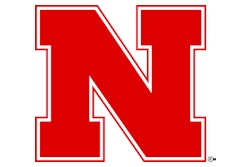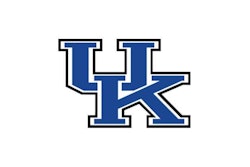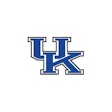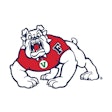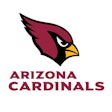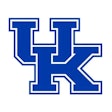Copyright 2018 Gannett Company, Inc.
All Rights Reserved
USA TODAY
ORLANDO — The newly adopted NFL rule that will penalize a player for lowering "his head to initiate and make contact with his helmet against an opponent" is rooted in good intentions.
Officials, owners and coaches want to eliminate use of the helmet as a weapon, Commissioner Roger Goodell explained at his news conference Wednesday to conclude this week's league meeting. NFL research suggests the game is still plagued by far too many concussions, so this represents another attempt to bolster player safety and hopefully minimize head trauma.
Some of the rule's architects are trying to protect not only current NFL players but also their children participating at the youth, high school and college levels. They want to see the same practices applied there.
But here's the problem: Questions remain about the practicality of the new decree and whether it can be fairly and effectively enforced. Although it sounds good when Goodell says, "We think this is going to help us take the helmet out of the game and get it back to a protective device," such expectations seem unrealistic.
Football is a brutal game. The crackdown on helmet-to-helmet hits in recent years has helped make it safer. The new rule could result in a 15-yard penalty, ejection and/or fine. But despite the league's best intentions, its game will never be collision-free.
The latest attempt to minimize the danger nevertheless sparked concern among players, including members of the union's executive committee such as 49ers cornerback Richard Sherman and Bills linebacker Lorenzo Alexander. Although most players understand the emphasis on preserving their health, many think it's unrealistic to expect they and their peers won't reflexively lower their heads while initiating contact as a blocker, runner or tackler. And they deem the punishment -- especially the potential ejection -- unfair for such a natural football act. (Goodell dismissed such concerns, saying players hadn't had time to fully learn and adapt to the rule.)
It's curious why the league would begin implementation without having finalizing all the parameters. Over the next 90 days, the competition committee will work to better determine how to differentiate the severity of hits and the consequential penalties. It will also send representatives to every team facility to educate players (with the aid of video), coaches and medical personnel on which hits should be avoided and alternative tackling techniques.
But players will also want to know how officials can make a snap decision and hand out a punishment (especially an ejection) that could alter the course of the game.
Alexander recalled a game when he asked an official about his decision not to throw a flag on another player who led with his helmet. The explanation: "I'm never going to make that call. I'm not going to throw a flag on a guy trying to protect himself."
So there's already conflict in the officiating ranks that will have to be ironed out. However, there's not necessarily an expectation that there's widespread need to apply the new measure. The committee found fewer than 10 instances of spearing last season that would have warranted a flag under the revised rule.
Goodell discussed letting game officials use replay to evaluate borderline examples. That should be a must if they want to get this right, and Goodell feels a temporary stoppage to enforce safety is worth it.
But what about the quarterback taking the snap and pushing forward on a sneak? Or a lineman firing out low on a run play? Or the defender diving to make a tackle at ground level? In just about every one of those instances, a head is lowered and often leads the way as a player initiates contact.
"You play with body lean," Alexander said. "It's going to be hard for officials to make."
Or as Washington corner Josh Norman put it: "Nobody is trying to do it maliciously. We're tackling how we were taught to tackle. That's all. That's what we have helmets for, and we'd be in soft shells if not."
League officials say that posture has to go.
In theory, it all sounds ideal. But even if coaches carve out practice time to focus on heads-up tackling techniques, veterans will frequently revert to hardwired instincts. NFL officials acknowledge this, but they believe they have to start somewhere.
Eliminating the head from football will require generational change and won't occur overnight. But players everywhere need this.
Read More of Today's AB Headlines
Subscribe to Our Daily E-Newsletter
Terms and Conditions Privacy Policy













